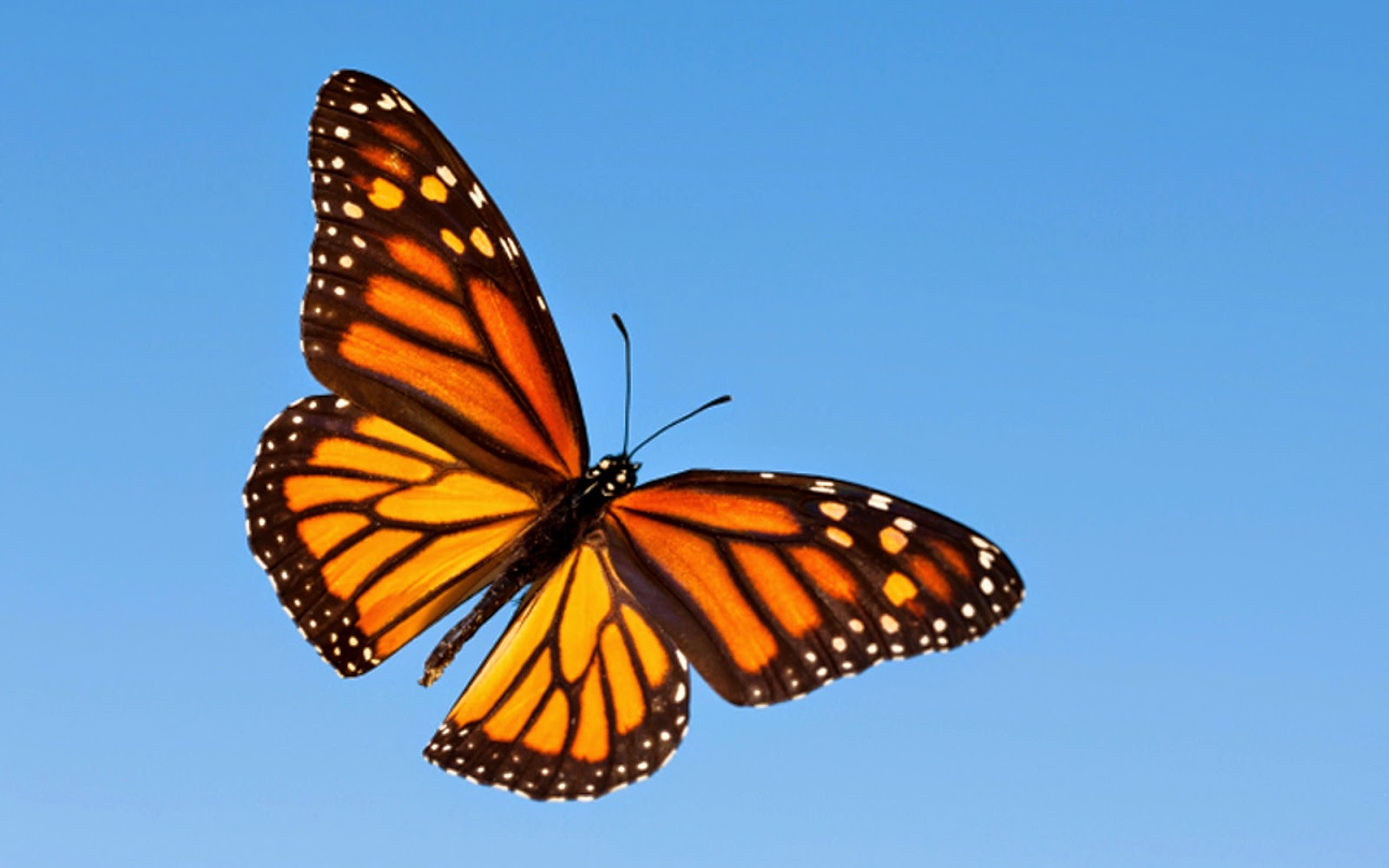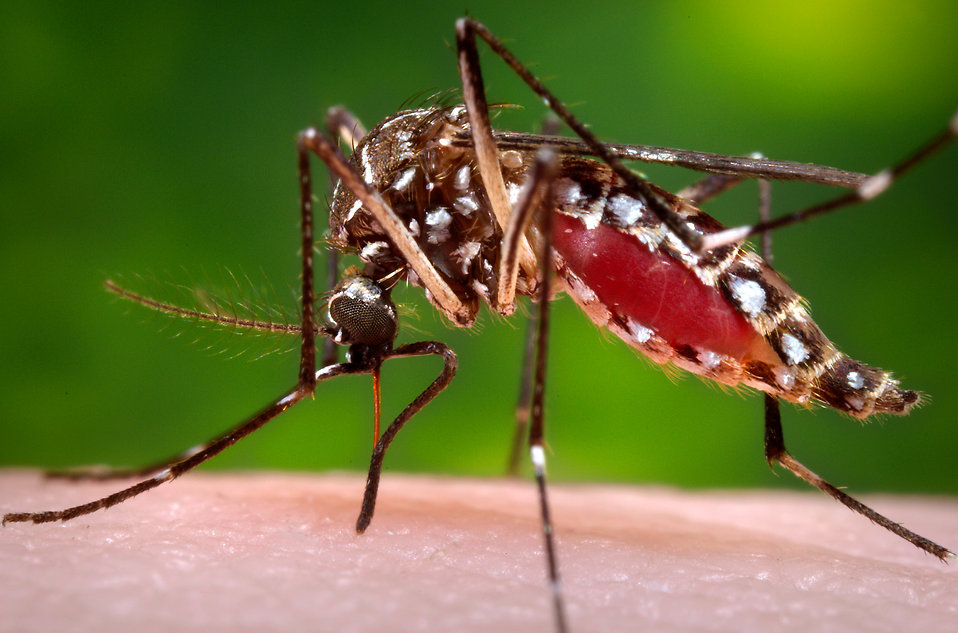The Great Canadian Bug Hatch will soon begin. The best time to watch about 30 of them emerge will be February 25th from 10:30 to 11 am in the picnic shelter.
The first 30 cachers (one per team / family) can take a bug home. It is up to the individual or team to decide whether or not to release the bug back into the wilds.
One of the bugs will reveal the cacher who gets to claim the HAG XIII FTF.
So buzz on over and join in on the fun!
Wiki info on these Bugs:

Honey Bee
Ahoney bee (orhoneybee) is any bee member of the genus Apis, primarily distinguished by the production and storage of honey and the construction of perennial, colonial nests from wax. Currently, only seven speciesof honey bee are recognized, with a total of 44 subspecies. Historically, six to eleven species have been recognized. The best known honey bee is the Western honey beewhich has been domesticated for honey production and crop pollination. Honey bees represent only a small fraction of the roughly 20,000known species of bees. Some other types of related bees produce and store honey, including the stingless honey bees,but only members of the genusApis are true honey bees. The study of bees including honey bees is known as melittology.

Butterflies
Butterflies are insects in the clade Rhopalocera from the order Lepidoptera, which also includes moths. Adult butterflies have large, often brightly coloured wings, and conspicuous, fluttering flight. The group comprises the large superfamily Papilionoidea, along with two smaller groups, the skippers (superfamily Hesperioidea) and the moth-butterflies (superfamily Hedyloidea). Butterfly fossils date to thePalaeocene, about 56 million years ago.
Butterflies have the typical four-stage insect life cycle. Winged adults lay eggs on the food plant on which theirlarvae, known as caterpillars, will feed. The caterpillars grow, sometimes very rapidly, and when fully developed, pupate in a chrysalis. When metamorphosis is complete, the pupal skin splits, the adult insect climbs out, and after its wings have expanded and dried, it flies off. Some butterflies, especially in the tropics, have several generations in a year, while others have a single generation, and a few in cold locations may take several years to pass through their whole life cycle.
Butterflies are often polymorphic, and many species make use of camouflage, mimicry and aposematism to evade their predators. Some, like the monarch and the painted lady, migrate over long distances. Many butterflies are attacked by parasites or parasitoids, including wasps, protozoans, flies, and other invertebrates, or are preyed upon by other organisms. Some species are pests because in their larval stages they can damage domestic crops or trees; other species are agents of pollination of some plants. Larvae of a few butterflies (e.g.,harvesters) eat harmful insects, and a few are predators of ants, while others live as mutualists in association with ants. Culturally, butterflies are a popular motif in the visual and literary arts.

Ladybugs
Entomologically speaking, the term bugs applies to insects of the order Hemiptera.Ladybugs belong to the order Coleoptera, or beetles. Europeans have called these dome-backed beetles by the name ladybirds, or ladybird beetles, for over 500 years. In America, the name ladybird was replaced by ladybug. Scientists usually prefer the common name lady beetles. Like many other insects,ladybugs use aposematic coloration to signal their toxicity to would-be predators. Insect-eating birds and other animals learn to avoid meals that come in red and black, and are more likely to steer clear of a ladybug lunch. Almost all ladybugs feed on soft-bodied insects, and serve as beneficial predatorsof plant pests. Gardeners welcome ladybugs with open arms, knowing they will munch on the most prolific plant pests. Ladybugs love to eat scale insects, white flies, mites, and aphids. As larvae, ladybugs eat pests by the hundreds. A hungry ladybug adult can devour 50 aphidsper day, and over her life time, can consume as many as 5000 of them. If food is scarce, ladybugs will do what they must to survive, even if it means eating each other. A hungry ladybug will make a meal of any soft-bodied sibling it encounters. Newly emerged adults or recently molted larvae are soft enough for the average ladybug to chew. Eggs or pupae also provide protein to a ladybug that has run out of aphids.

Mosquitoes
Like all flies, mosquitoes go through four stages in their lifecycles: egg, larva, pupa and adult or imago. In most species, adult females lay their eggs in stagnant water; some lay eggs near the water's edge; others attach their eggs to aquatic plants. Each species selects the situation of the water into which it lays its eggs and does so according to its own ecological adaptations. Some are generalists and are not very fussy. Some breed in lakes, some in temporary puddles. Some breed in marshes, some in salt-marshes. Among those that breed in salt water, some are equally at home in fresh and salt water up to about one-third the concentration of seawater, whereas others must acclimatize themselves to the salinity.[25] Such differences are important because certain ecological preferences keep mosquitoes away from most humans, whereas other preferences bring them right into houses at night.
Some species of mosquitoes prefer to breed in phytoelmata (natural reservoirs on plants), such as rainwater accumulated in holes in tree trunks, or in the leaf-axils of bromelaids. Some specialize in the liquid in pitchers of particular species of pitcher plants, their larvae feeding on decaying insects that had drowned there or on the associated bacteria; the genusWyeomyia provides such examples — the harmlessWyeomyia smithii breeds only in the pitchers of Sarracenia purpurea.[26]
However, some of the species of mosquitoes that are adapted to breeding in phytotelmata are dangerous disease vectors. In nature, they might occupy anything from a hollow tree trunk to a cupped leaf. Such species typically take readily to breeding in artificial water containers. Such casual puddles are important breeding places for some of the most serious disease vectors, such as species of Aedes that transmit dengue and yellow fever. Some with such breeding habits are disproportionately important vectors because they are well-placed to pick up pathogens from humans and pass them on. In contrast, no matter how voracious, mosquitoes that breed and feed mainly in remote wetlands and salt marshes may well remain uninfected, and if they do happen to become infected with a relevant pathogen, might seldom encounter humans to infect, in turn.
The first three stages—egg, larva, and pupa—are largely aquatic. These stages typically last 5 to 14 days, depending on the species and the ambient temperature, but there are important exceptions. Mosquitoes living in regions where some seasons are freezing or waterless spend part of the year in diapause; they delay their development, typically for months, and carry on with life only when there is enough water or warmth for their needs. For instance, Wyeomyia larvae typically get frozen into solid lumps of ice during winter and only complete their development in spring. The eggs of some species of Aedes remain unharmed in diapause if they dry out, and hatch later when they are covered by water.
Eggs hatch to become larvae, which grow until they are able to change into pupae. The adult mosquito emerges from the mature pupa as it floats at the water surface. Bloodsucking mosquitoes, depending on species, sex, and weather conditions, have potential adult lifespans ranging from as short as a week to as long as several months.
Some species can overwinter as adults in diapause.
Congratulation to hingis20 for the HAG XIII FTF!